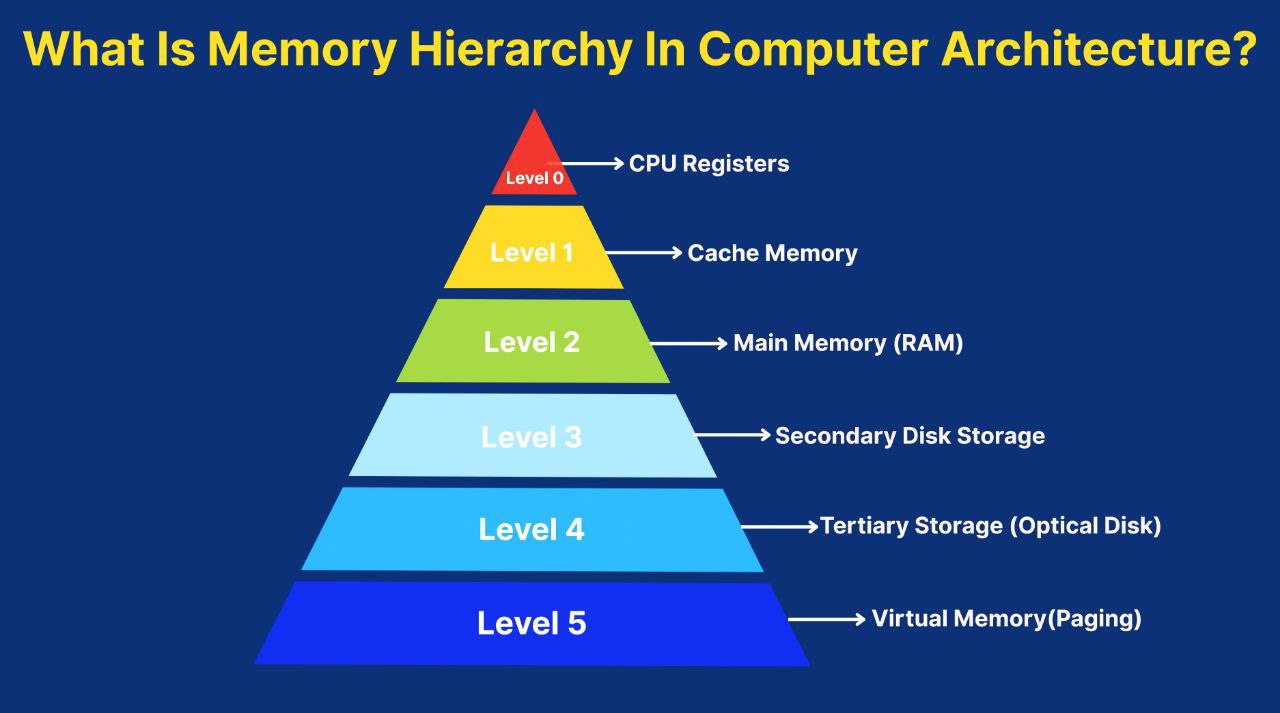Redressal of Public Grievances : Citizen’s Charter
Citizen’s Charter : Redressal of Public Grievances
The Citizen’s Charter is a key tool in improving public service delivery by clearly defining the rights of citizens in relation to services provided by public authorities. It serves as a written declaration by the government or public institutions outlining their commitments regarding service delivery, standards, and grievance redressal mechanisms. The objective of the Citizen’s Charter is to empower citizens by making public services transparent, accountable, and responsive to their needs.
History and Evolution of Citizen’s Charter
- Origin in the UK:
- The concept of a Citizen’s Charter originated in the United Kingdom in 1991 under Prime Minister John Major. The aim was to improve public service delivery by setting clear standards for the services provided by government agencies.
- Introduction in India:
- Inspired by the UK model, the concept of Citizen’s Charters was introduced in India in 1997 as part of the administrative reforms to make public services more citizen-centric.
- The Department of Administrative Reforms and Public Grievances (DARPG), under the Ministry of Personnel, Public Grievances and Pensions, was tasked with coordinating the implementation of Citizen’s Charters in various government departments and public sector organizations.
Components of a Citizen’s Charter
A well-drafted Citizen’s Charter typically includes the following elements:
- Vision and Mission:
- A brief description of the vision and mission of the organization to convey its purpose and the scope of services it provides to the public.
- Details of Services Offered:
- A clear description of the services provided by the public authority, along with the procedures involved in availing these services.
- Service Standards:
- The time frames, quality standards, and performance levels expected for each service are clearly outlined. This ensures citizens know what they can expect in terms of timelines and service quality.
- Grievance Redressal Mechanism:
- A structured process for citizens to lodge complaints if they are dissatisfied with the services provided. This includes contact details of grievance redressal officers and timelines for addressing grievances.
- Accountability and Transparency:
- Information about the organization’s accountability structure, including the officials responsible for specific services. This encourages transparency in the functioning of the organization.
- Expectations from Citizens:
- Citizens are also expected to fulfill certain responsibilities, such as submitting correct information, following required procedures, and providing feedback to improve service quality.
Objectives of the Citizen’s Charter
- Enhance Service Delivery:
- The primary objective is to improve the efficiency and effectiveness of public services by setting clear expectations for service delivery.
- Transparency and Accountability:
- By publicly declaring service standards, the Charter promotes transparency and holds public authorities accountable for their performance.
- Empowering Citizens:
- The Charter empowers citizens by clearly outlining their rights and responsibilities in relation to public services. It gives citizens a means to hold public officials accountable for delays or deficiencies in service delivery.
- Grievance Redressal:
- It establishes a formal system for handling public grievances related to poor or delayed service delivery. This ensures that citizens can seek remedial action when services are not delivered as promised.
- Continuous Improvement:
- The Charter encourages organizations to engage in continuous improvement through feedback from citizens, helping them address gaps in service delivery and upgrade their processes.
Implementation of Citizen’s Charters in India
- Sectoral and Departmental Charters:
- Over the years, numerous government departments and public sector organizations have developed and adopted Citizen’s Charters. These cover sectors such as health, education, transport, utilities, taxation, and banking.
- For example, departments like Railways, Income Tax, Postal Services, and Public Sector Banks have well-drafted Charters detailing service delivery standards.
- Central and State-Level Initiatives:
- Both central and state governments have launched various Citizen’s Charters. For instance, many states have introduced Right to Public Services Acts, which make it mandatory for government departments to provide specific services within a defined time frame.
- The Central Vigilance Commission (CVC) and the Election Commission of India also have their own Citizen’s Charters.
- National and Local Bodies:
- While several national-level institutions have implemented Citizen’s Charters, local bodies, such as municipalities and panchayats, are also encouraged to adopt Charters to improve local service delivery.

Success Stories and Achievements
- Improved Public Services:
- Many organizations have reported improved service delivery after the implementation of Citizen’s Charters. For example, public sector banks have reduced delays in services like loan approvals, account opening, and complaint redressal due to the standards set in their Charters.
- Increased Accountability:
- The introduction of Citizen’s Charters has led to increased accountability among public officials, as they are now more answerable to citizens for delays or inefficiencies in service delivery.
- Greater Citizen Engagement:
- Citizen’s Charters have empowered citizens to take a more active role in ensuring that public authorities meet their commitments. By setting clear service standards, citizens are more informed about their rights.
- Increased Transparency:
- The establishment of clear standards for service delivery has promoted transparency in public services, reducing the scope for corruption and discretionary decision-making.
Challenges in Implementation of Citizen’s Charters
- Lack of Awareness:
- A significant challenge is the lack of public awareness about the existence and purpose of Citizen’s Charters. Many citizens are unaware of the services they are entitled to or how to lodge a grievance when service delivery fails.
- Poor Enforcement:
- Despite having Charters in place, there is often a lack of enforcement or mechanisms to hold public authorities accountable for not adhering to the standards outlined in the Charter.
- Inconsistent Service Standards:
- The service standards set in Citizen’s Charters are often inconsistent or unrealistic, leading to public dissatisfaction when these standards are not met.
- No Legal Backing:
- In many cases, the Citizen’s Charter lacks legal enforceability, which means that public authorities may not always face penalties for failing to meet service delivery commitments.
- Lack of Grievance Redressal:
- Although the Charter outlines grievance redressal mechanisms, the process for addressing grievances can often be inefficient and slow, discouraging citizens from seeking redress.
- Resistance from Bureaucracy:
- There is often resistance within the bureaucracy to implementing Citizen’s Charters, especially when it comes to accountability and setting performance benchmarks.

Measures to Improve Effectiveness
- Public Awareness Campaigns:
- Governments should conduct awareness campaigns to inform citizens about their rights under the Citizen’s Charters and the services they are entitled to. This will encourage citizens to hold public authorities accountable.
- Legal Enforceability:
- Charters could be given legal backing through legislation, which would make it compulsory for public authorities to adhere to the commitments made. Non-compliance could result in penalties or compensation for citizens.
- Regular Review and Updates:
- Citizen’s Charters should be regularly reviewed and updated to reflect changing public expectations, advancements in technology, and improvements in service delivery processes.
- Strengthening Grievance Redressal:
- The grievance redressal mechanism should be made more effective and efficient by adopting modern technologies like online portals and mobile apps to track complaints and provide timely resolutions.
- Performance Monitoring:
- There should be a robust system for monitoring and evaluating the performance of public authorities in adhering to the Citizen’s Charters. Independent audits or citizen feedback can help measure compliance and improve service delivery.
- Training of Public Officials:
- Public officials should be provided with regular training to familiarize them with the objectives of Citizen’s Charters and how to implement them effectively. This will ensure that services are delivered efficiently and in a citizen-centric manner.
Conclusion
The Citizen’s Charter is a crucial instrument for improving public service delivery and ensuring that citizens are treated as rightful beneficiaries of government services. While the Charter system has achieved some success in enhancing accountability and transparency, its full potential remains underutilized due to implementation challenges such as lack of awareness, poor enforcement, and resistance from bureaucracy. Addressing these issues through stronger legal backing, increased public engagement, and improved grievance redressal mechanisms will ensure that Citizen’s Charters become a powerful tool for responsive and citizen-centric governance in India.
Share this content:



Leave a Reply